When it comes to creatures with many legs, we usually think of "millipedes." However, these creatures do not actually have a thousand legs, although the number is close, it is amazing enough. Below, I will introduce you to the ten animals with the most legs in the world: millipedes, ground centipedes, golden-headed centipedes, centipedes, stone centipedes, caterpillars, rat worms, crabs, lobsters and various insects. These creatures stand out in nature with their unique foot features.
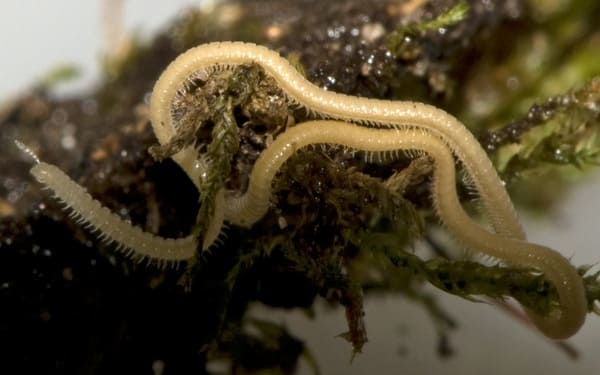
1. Millipedes (about 375 pairs)
Millipedes are also known as millipedes. Although they do not actually have thousands of legs, a type of millipede known as Illacme plenipes has been recorded as having as many as 750 legs, which is quite close to the number of millipedes. Compared to the average number of legs for common millipedes, the average individual of this millipede has over 600 legs, which is double the average number of legs for common millipedes. Interestingly, despite having more legs than any other animal on Earth, these millipedes are incredibly tiny creatures. Female millipedes are just over 2.54 centimeters in length, and males are smaller and have fewer legs.
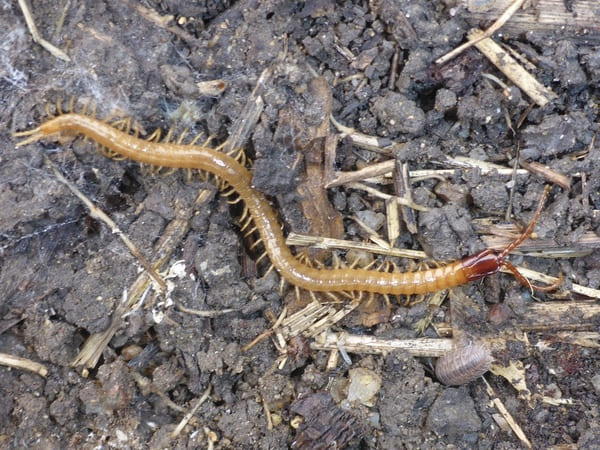
2. Ground centipede (31-181 pairs)
The ground centipede is a widely distributed centipede endemic to China. It has different shapes and forms, mainly with a slender body. It is especially common in southern China. The largest known individual is more than 35 centimeters long. They are generally less toxic, prefer moist environments, and feed on small insects. Their appearance is characterized by a wide head and a thin tail. Although it is called centipede in name, it is actually not a typical centipede, but belongs to the order Centipede unique to my country. This centipede is a natural enemy of silverfish and has between 31 and 181 pairs of legs.
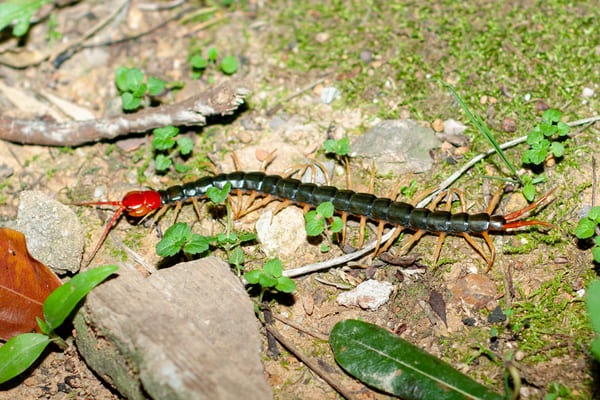
3. Golden-headed centipede (21 pairs)
Golden-headed centipede is a common medicinal centipede that is widely cultured due to its suitability for artificial breeding, high reproduction rate and strong disease resistance. Generally speaking, the body length of this type of centipede is between 8 and 25 centimeters, with a pair of antennae on its head, 21 pairs of legs and 21 body segments. The golden-headed centipede prefers to live in humid and dark environments. Its distribution range is extremely wide, covering almost all five continents except Antarctica and the Arctic. They feed on various insects, snakes, frogs, etc.
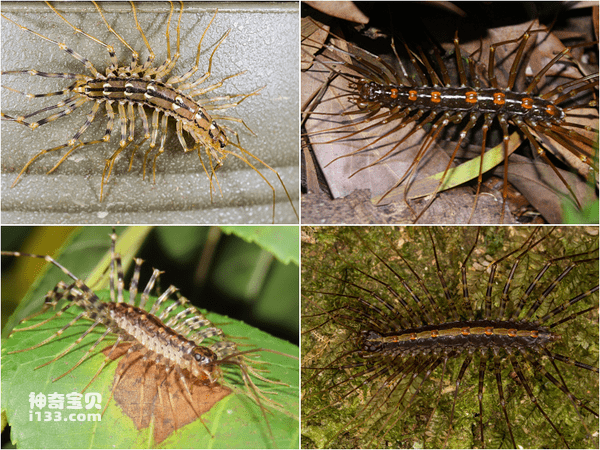
4. Centipede (15 pairs)
The centipede (yóu yán), also known as the instant straw sandal board, is a relatively common small insect that is closely related to the centipede. Its happy habitat is in moist environments inside and outside the house. Generally speaking, its body length is between 1.5 and 5 centimeters, and its body is divided into fifteen segments. It has an average of about 15 pairs of legs, of which the last pair of legs is particularly long and easy to fall off. The centipede's valve is located in the center of its back, and it has long tentacles and fairly large venomous jaws. This species has a slow metabolism, slow growth rate, and poor reproductive ability, but its lifespan is very long. There are many subspecies of centipedes. The common giant centipede in China is also known as flower centipede. It is distributed in the southern provinces and captures small insects for food.
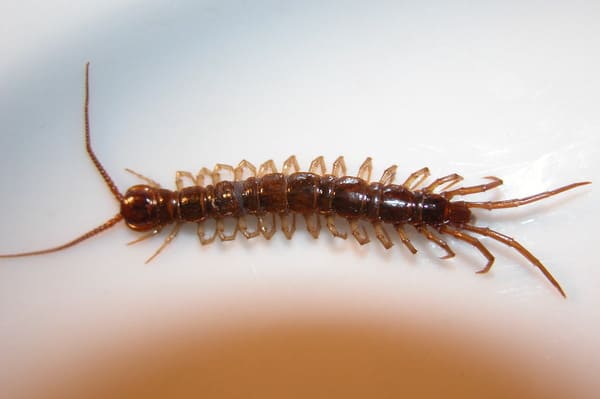
5. Stone centipede (15 pairs)
Stone centipedes belong to the subphylum Myriapoda and the class Chemipodia in the phylum Arthropoda. They look similar to centipedes, but have shorter body lengths and have 15 pairs of legs. There are more than 1,100 species of stone centipedes described in the world, but only 47 species in 10 genera (subgenera) have been recorded in China, accounting for only 5% of the global species. Their habits are similar to those of ordinary centipedes. They are afraid of sunlight, hide during the day and are active at night. They like to live in dark, warm and ventilated environments, where they often prey on insects and small mammals.
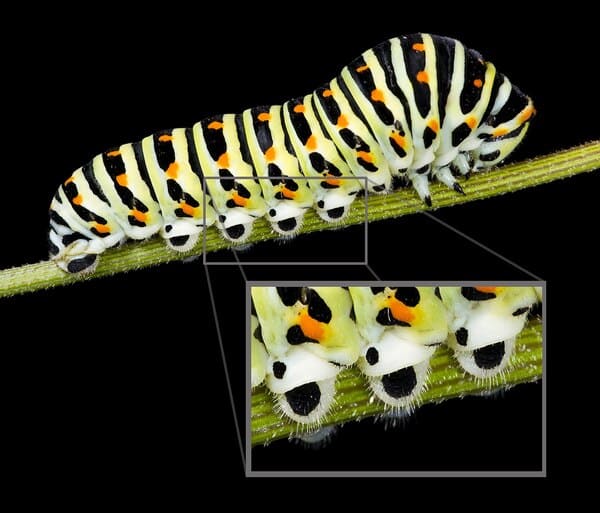
6. Caterpillars (8 pairs)
Caterpillars usually refer to the larval stage of butterflies or moths. They move slowly and usually have 3 pairs of thoracic legs, while most have 5 pairs of abdominal and caudal legs. Some caterpillars have many poisonous bristles on their bodies, which may cause skin redness, swelling and discomfort if humans come into contact with them accidentally. They are widely distributed, and this kind of larvae can be found on various trees. They usually have stunning protective colors, but they also carry considerable toxicity. After contact, they may cause local skin redness and swelling and other uncomfortable symptoms, so it is still recommended that everyone It’s best to keep your distance and don’t touch.
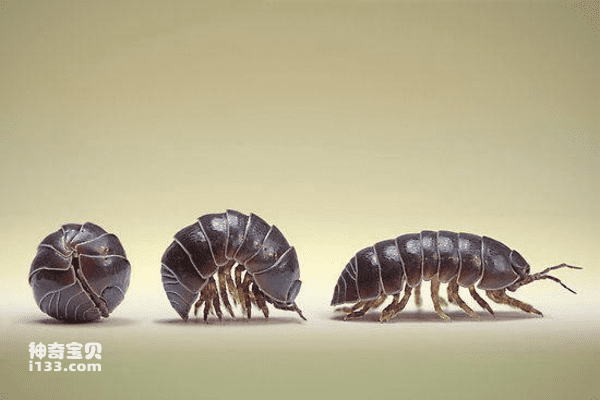
7. Rat Women (7 pairs)
Rat women, also known as rat bears, floor lice, etc., are mostly oval or oblong in shape, with a relatively flat body, a slightly raised back, and can be curled into a ball. They have seven pairs of slender thoracic limbs and are adapted to walking on land. There are more than 150 species of rat bitches in the world, most of which are widely distributed species. Most of their bodies are oblong in shape, and they are distributed from the seaside to high mountain areas with an altitude of about 5,000 meters. Common species in China include rat women and smooth rat women.
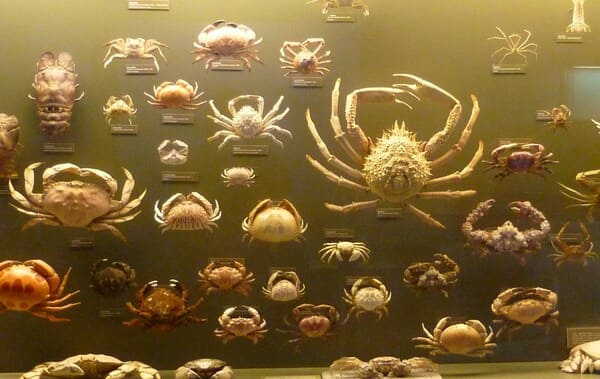
8. Crab (4 pairs)
Crabs are crustaceans with a body divided into a cephalothorax and abdomen. The back of the cephalothorax is covered with a cephalothorax, the shape of which varies depending on the species. There are 1st and 2nd pairs of antennae in the center of the forehead, and handle-shaped compound eyes on the outside. The mouthparts include 1 pair of large jaws, 2 pairs of small jaws and 3 pairs of maxillopods. There are 5 pairs of pectoral feet on both sides of the head and chest carapace. Most crabs are aquarium/52-marine-animals.html">marine animals, especially those found in shallow tropical seas. A few crabs live in fresh water, and some, such as ground crabs, can adapt to life on land and often live in moist mud holes.
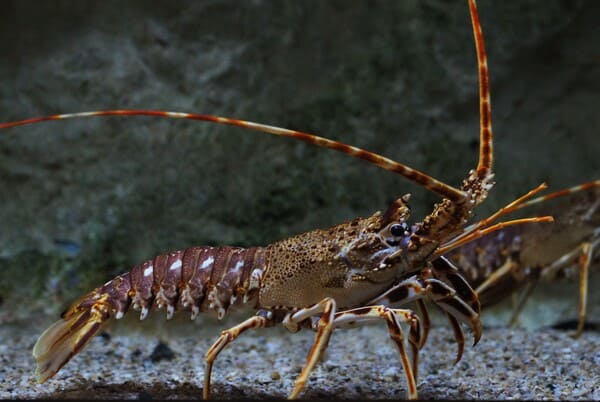
9. Lobster (4 pairs)
Prawns, also known as lobsters or faucet shrimps, belong to a class of arthropods under the family Lobsteridae of the order Decapoda, the order Softshell. Its cephalothorax is relatively large, its shell is hard and colorful, its abdomen is relatively short, and its general body length is between 20 and 40 centimeters. Their thorax has five pairs of legs, one or more of which often transform into claws, with the claws on one side usually being larger than the other. Lobsters are extremely adaptable. During the survey, it was found that they can survive in lakes, rivers, ponds, canals or paddy fields. Even in some waters that are not suitable for fish, lobsters can survive and reproduce. .
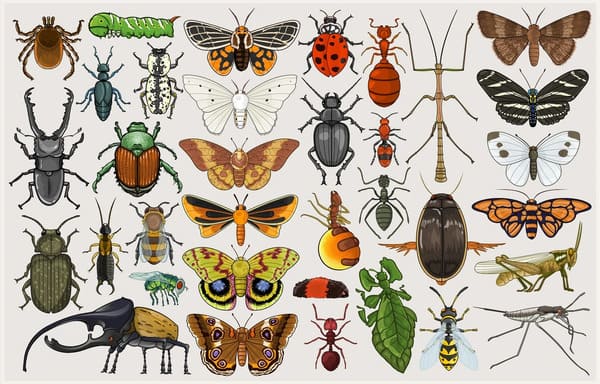
10. Insects (3 pairs)
Insects are arthropods among invertebrates. They constitute the most abundant group of animals on earth and can be found in almost every corner of the world. The body of an insect is divided into three parts: head, thorax, and abdomen. Adult insects usually have 2 pairs of wings and 6 legs. These wings and legs are located on the thorax. The body is composed of a series of body segments, which are further gathered into three body segments. They have a pair of antennae on their heads, and their bones are wrapped outside their bodies. They have diverse ecological forms and are found all over the world. They are the most diverse category of arthropods.
The top ten animals with the most legs mainly search relevant online platforms to find out the number of relevant animal feet, and comprehensively consider their popularity and influence.And it comes out. If you have any questions, please leave comments and criticisms at the end.
animal tags: Myriads
We created this article in conjunction with AI technology, then made sure it was fact-checked and edited by a Animals Top editor.